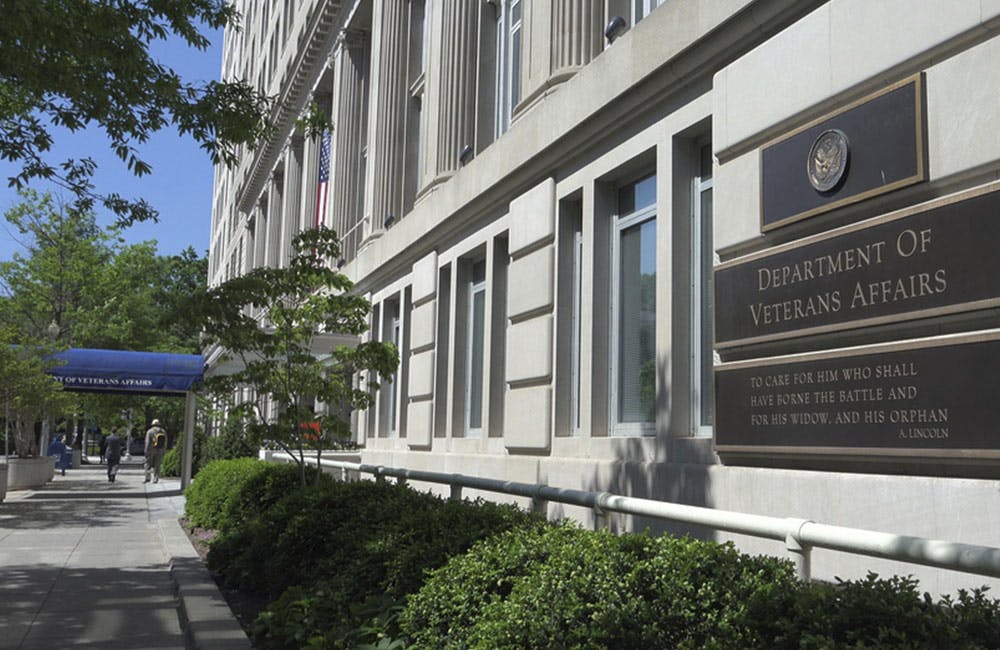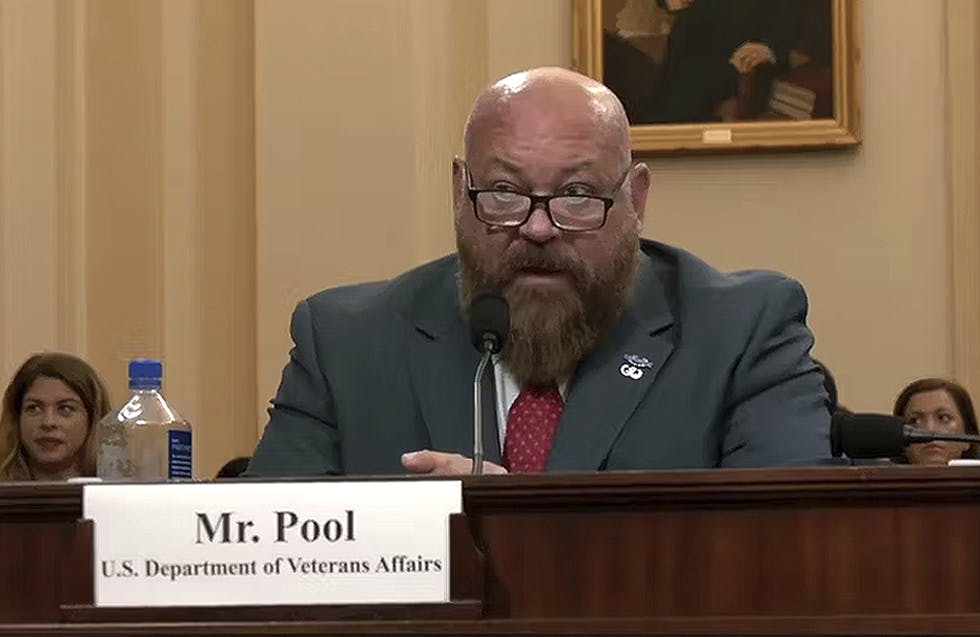Emerging Tech Shapes the Next Generation of Military Health Care
Automation and AI can support medical decision-making on the battlefield, but security remains crucial.

Emerging technologies and better data collection can improve medical care delivery on the battlefield and at home, according to panelists at GovernmentCIO Media & Research’s Military Health Summit last week.
The Defense Department has been undergoing transitioning its paper health records to its new electronic health record system, MHS GENESIS. The agency expects to fully implement the new common record by 2024.
But migrating to EHR — like migrating to the cloud — comes with its own challenges.
“We’re especially aware on the clinician side that having a dated, homebrewed platform has [challenges],” said Lt. Col. Luigi Rao, MHS Genesis Liaison Officer at the Army. “The move to a modern commercial platform … really brings to bear all the advantages inherent with having that civilian sector market industry leaving platform. The advantages of that — being able to exchange data with [health information exchanges].”
“If you ask any clinician, migration to EHR even on the commercial side was met with a lot of trepidation mostly because it could take time away from the patients,” said Drew Koerner, medical CTO at ServiceNow. “It’s a portability, security thing. If you’re taking time away from that veteran, whether they’re in an austere setting or at home, that’s a negative. We have to make this as easy as possible for clinicians to get in and out.”
Something like dictation software could help doctors and clinicians transfer medical data more easily to an EHR system. The key is “automating the input process so we can reduce the number of clicks,” Koerner said.
From the interface perspective, the last thing a clinician wants to do is have five clicks [to get data],” Koerner added.
Cmdr. Jean-Paul Chretien, a program manager in the Biological Technology Office at DARPA, said DARPA’s “guiding paradigm” is improving care for the warfighter as evolving conflicts complicate medical care delivery in austere settings, like the battlefield.
“We need to bring hospital-level care to the point of injury or find fundamentally new ways of treating patients [with technology],” Chretien said. “In military operational scenarios and civilian trauma settings too, it’s common for patients to arrive at the hospital or emergency department with very little documentation about what their injuries were, the initial assessments, what treatments they were given, how their condition evolved along the way. That puts the care team in a difficult situation. To help them make optimal decisions, we need to have records of all this. The provider who may have to record that information may be under tremendous stress, under fire, caring for multiple patients. Whatever system is responsible for capturing that information, it has to be simple and have minimal or no input from those whose sole focus should be caring for the patient.”
Automation and artificial intelligence are two prominent technologies shaping military medical care delivery.
“Capture of video, audio and AI to detect injury patterns and document what those are, and continue to monitor the patient through video or audio,” Chretien said. “That also sets up a foundation for decision support. If you have automated ways of capturing information, the next steps are recommendations for the care team. The next step after that would be automation. In addition to recommendations, connected to a system that is semi or fully autonomous to give the care that’s needed.”
The recent surge in medical device use comes with its own risks and benefits for DOD.
“We’re connecting devices we’ve never connected before,” Rao said. “With more and more episodes of ransomware — there’s growing understanding and appreciation of the need to protect not just the patient’s data, but also safeguard it from malicious attacks, whether ransomware or other nefarious purposes. Other state actors are highly interested in high ranking personnel and patients we’ve seen.”
But ransomware and other cyber attacks aren’t the only risks associated with increased technology and medical device use.
“With medical techs and medical IT, we have the additional concerns about safety and especially with automated systems, how do we balance that against a clinician’s judgment?” Chretien said. “A number of studies say clinicians are not always ready to give up their autonomy, especially to a black box of an algorithm they don’t understand. I think this will become increasingly important as we move to automated systems.”
This is a carousel with manually rotating slides. Use Next and Previous buttons to navigate or jump to a slide with the slide dots
-

NSF Wants Industry Driving Quantum Innovation
The agency is pushing for partnerships to enhance the research community as Congress weighs additional legislation.
3m read -

White House Science Chief: US-Driven AI Sets Global Standards
Michael Kratsios outlined how American AI technology on the global stage will help standardize the tech and counter China’s influence.
5m read -

Modernizing Critical Infrastructure in the Face of Global Threats
Officials are expanding the latest strategies in boosting defense infrastructure, including securing satellite communications, upgrading enterprise-wide technology, optimizing data management.
20m watch -

Trump AI Orders Call for Speed in Building Infrastructure
The directives call for expanding AI infrastructure, streamlining federal permitting and promoting AI exports.
4m read -

DOD Accelerates Software Modernization with Agile DevSecOps Push
The Pentagon's software implementation plan tackles cultural hurdles and integrates security early to deliver critical capabilities faster.
6m read -

White House Unveils AI Action Plan to Secure Global Dominance
The strategy outlines steps to accelerate private sector innovation, build critical infrastructure and advance U.S. leadership in AI policy and security.
3m read -

VA's Platform One Powers Rapid Innovation to Bolster Digital Services
VA's Platform One accelerates software development timelines from weeks to hours, ultimately enhancing digital services for veterans.
5m read -

Federal Leaders Receive Federal IT Efficiency Flywheel Awards from GovCIO Media & Research
Five federal IT leaders received Flywheel Awards for driving innovation and modernizing technology at the Federal IT Efficiency Summit.
5m read -

Doing More with Less is Muscle Memory for IRS, Former Deputy CIO Says
Darnita Trower discusses her experience, the legacy she’s left behind and how she pushed the IRS to modernize itself,
20m watch -

Opinion: Original Intelligence Is the Missing Piece for AI Transformation
Limitations of AI agents and development drive growing needs for workforce development and "original intelligence."
3m read -

VA CIO Targets Modern IT and Smarter Workforce Alignment
Agency leaders told lawmakers they are focused on trimming legacy systems and restructuring its workforce to streamline operations.
3m read -

Pentagon's $200M AI Contracts Signal Broader Effort to Transform Talent
The Army is leveraging Silicon Valley, reservist programs and new hiring strategies to integrate critical digital skills in its ranks.
5m read
















